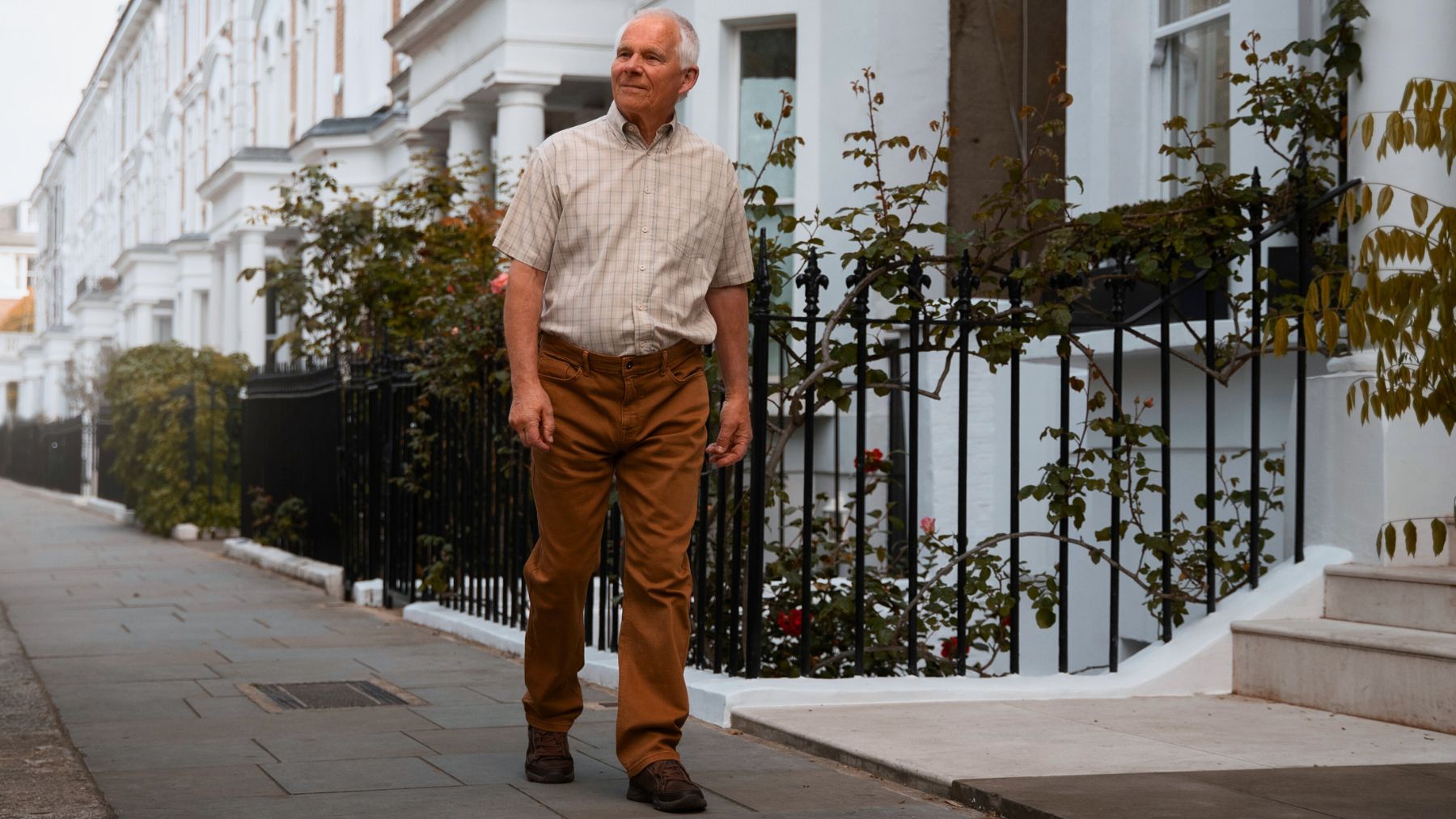When people imagine the secret to a long life, they often think of strict diets, expensive supplements, or complex workout routines. But longevity expert Dan Buettner, who identified the Blue Zones where people frequently live past 100, points to something much simpler. A daily 30-minute walk may be one of the most powerful habits for supporting both health and longevity.
Walking is woven into daily life in places like Okinawa, Japan; Sardinia, Italy; and Nicoya, Costa Rica. Instead of being treated as exercise, it’s part of how people connect with neighbors, run errands, or spend time with family. Here, we’ll look at why a half-hour walk is so effective, the benefits it brings to the body and mind, and simple tips for making it part of your routine.
Why taking a daily walk is a great habit for longevity
Taking a walk is the cornerstone habit of many people in the world’s longest-living communities. It supports cardiovascular health, strengthens bones, helps maintain a healthy weight, and lowers the risk of type 2 diabetes. Studies in the US confirm that just 30 minutes of brisk walking most days of the week can reduce the risk of heart disease and stroke.
Buettner has observed that in Blue Zones, walking is not seen as exercise to be scheduled but as a part of life. People walk to see friends, to shop at markets, or simply to enjoy the outdoors. This low-impact movement improves circulation and keeps joints flexible without the strain that often comes with high-intensity workouts.
A morning or evening walk can also be a time to clear the mind, reflect on the day, or strengthen social connections. Research shows that people who walk with friends or family enjoy not only the physical boost but also the emotional support that comes with shared routines. For older adults in particular, this combination of movement and connection can be especially protective for memory and cognitive function.
Health experts often recommend aiming for about 150 minutes of moderate activity per week, which breaks down into just 30 minutes a day, five times a week. That’s exactly the level that seems to support healthy aging and is easily achievable with walking.
How to make walking a daily habit
The challenge for many Americans can be sticking to this habit. That’s where simple strategies can prove useful:
- Schedule it like an appointment. Block out a half-hour on your calendar as if it were a meeting. Keeping it at the same time each day helps it become automatic.
- Pair it with another routine. Walk right after breakfast, after lunch, or while making an evening call to a friend. Tying it to something you already do makes it easier to remember.
- Make it social. Invite a neighbor, spouse, or coworker to join you. Having someone else involved increases accountability and makes it more enjoyable.
- Keep it interesting. Choose different routes, walk in a park, or explore a new neighborhood. Variety keeps the routine from feeling repetitive.
- Start small. If 30 minutes feels overwhelming at first, begin with 10 or 15 minutes and build up gradually.
In Blue Zones, longevity is not the result of one single practice but of daily routines that add up over time. Walking for just 30 minutes a day is a simple way to move your body, clear your mind, and connect with others. It may also be one of the most practical steps you can take toward living a longer, healthier life.

